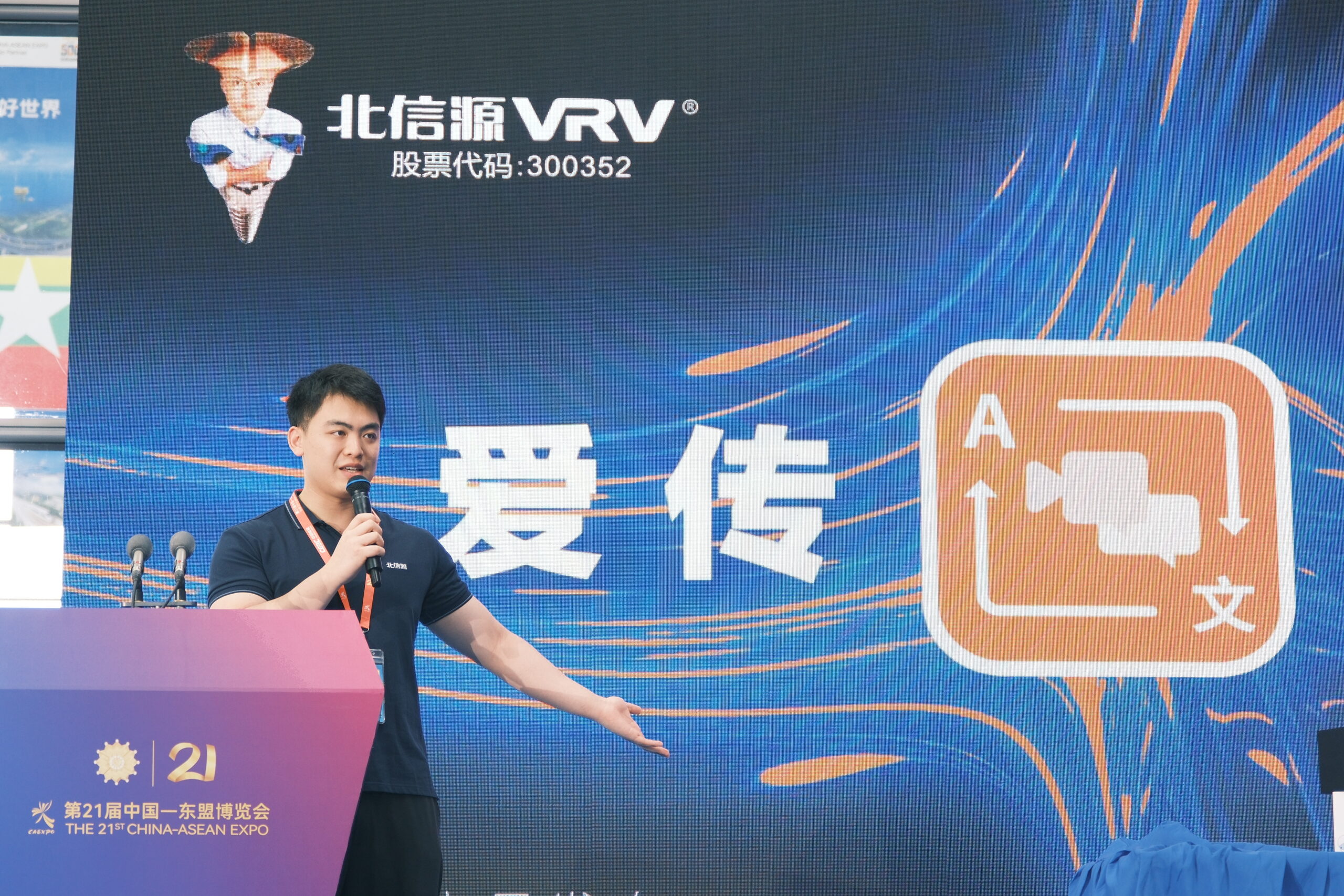In our hyperconnected world, it’s all too easy to assume that every language has a seat at the digital table. In reality, of the roughly 7,000 languages spoken today, only about 50–100 enjoy full support in major operating systems, browsers, and input methods. That leaves millions of speakers of languages like Tigrinya, Mongolian, Shanghainese, and Kurdish navigating apps and websites that simply don’t understand them. Stanford’s SILICON initiative—short for Stanford Initiative on Language Inclusion and Conservation in Old and New Media—is tackling this imbalance head-on, partnering with Unicode, UNESCO, tech companies, and grassroots communities to build the scaffolding that lower-resourced languages need to thrive online.

Why Language Inclusion Matters
Digital exclusion compounds real-world inequities. If your phone can’t handle your native script, you’re cut off from telehealth, online banking, e-learning, and e-commerce. In many rural areas, especially those facing doctor shortages or limited physical infrastructure, being able to book a medical appointment or order supplies in your mother tongue can mean the difference between life and death.
Moreover, language loss is accelerating. As global tech giants train AI models on trillions of English, Chinese, and Spanish words, languages without large digital corpora risk being left behind in the next wave of intelligent apps—and possibly in our collective memory. A 2021 UNESCO report estimated that half of the world’s languages could vanish by the end of this century, along with the unique worldviews and knowledge systems they encode.
SILICON’s Multi-Pronged Approach
1. Standards and Encoding
At the heart of digital text lies Unicode and the Common Locale Data Repository (CLDR). SILICON interns and researchers work to identify missing characters—whether diacritical marks in Yoruba or zero-width joiners in Zulu—and submit formal proposals to the Unicode Consortium. They also refine locale data (date-format abbreviations, numeral systems) in CLDR so that native speakers see culturally accurate interfaces.
2. Community-Driven Prioritization
Not every language community wants the same level of digital presence. Some may prefer minimal representation to protect sacred texts; others seek full keyboard layouts and typefaces. SILICON convenes advisory councils—often elders and cultural custodians—to map priorities. In one project with the Quechua community, decisions ranged from designing a slugging-compensation keyboard for mobile devices to launching a crowdsourced oral-history archive.
3. Pipeline Building Through Internships
Stanford’s internship program pairs linguistics and computer-science students—many of whom speak underrepresented languages themselves—with mentors from Google, Microsoft, and the Unicode Consortium. These interns tackle real tasks: designing OpenType fonts for N’ko, building language-specific spellcheckers in Taean, or integrating right-to-left text support for Syriac scripts.
4. Datathons and Hackathons
In January’s Digital Equity Datathon, teams worked on everything from generating training corpora for Kyrgyz ASR (automatic speech recognition) to localizing telemedicine apps in Quechua. These short-burst events not only produce prototypes but also forge cross-disciplinary networks that keep projects alive long after the weekend ends.
5. Conferences and Knowledge Sharing
The annual Face/Interface conference brings together typographers, HCI experts, digital-rights activists, and community leaders. Sessions have covered topics like blockchain-based provenance for endangered-language dictionaries and the ethics of scraping colonial archives for text-mining projects.
Beyond Stanford: A Global Ecosystem
SILICON’s success hinges on collaboration. Its partners include:
- Unicode Consortium: For script and character encoding updates.
- Microsoft Localization Team: For integrating new languages into Windows and Office.
- Mozilla Common Voice: Crowdsourcing voice recordings in dozens of lower-resourced languages.
- UNESCO’s Atlas: Aligning digital inclusion with cultural-heritage preservation standards.
- Local NGOs and Universities: Offering community-based research and feedback loops.
Tech giants are also investing: Google’s Next Billion Users team has funded open-source keyboard layouts for Tigrinya and Amharic; Meta supports OCR (optical character recognition) pipelines for South-Asian minority scripts; and AWS provides cloud credits for training small-scale language models.

The AI Imperative
As Rishi Bommasani of Stanford HAI’s CRFM warns, when you train on 30 trillion words, the missing languages get squeezed out. Without sufficient digital text, these languages won’t appear in translation tools, voice assistants, or search-engine results. SILICON combats this by building seed corpora—scanned texts, oral-history transcriptions, folklore collections—so that language technologies can learn from authentic data rather than generic proxies.
Frequently Asked Questions
Q: What defines a “lower-resourced” language?
A: One with little or no digital infrastructure—fonts, keyboards, locale data, or text corpora—despite having many speakers.
Q: How can speakers get involved?
A: Join SILICON’s volunteer network, participate in local datathons, or contribute recordings and texts to projects like Mozilla Common Voice.
Q: Why not just use machine translation instead of building native support?
A: Machine translation relies on existing digital text. For many smaller languages, there isn’t enough translated material to train accurate models.
Q: What technical skills do SILICON interns develop?
A: Unicode proposal writing, OpenType font design, CLDR data editing, corpus annotation, and basic AI-model fine-tuning.
Q: How are cultural sensitivities addressed?
A: Community advisory councils guide what gets digitized, ensuring sacred texts or dialects remain under local control.
Q: Can these efforts help preserve endangered dialects?
A: Yes—by creating digital spaces (keyboards, fonts, text archives) where younger speakers can use and share their heritage language.
Q: What’s the role of policy and funding?
A: Governments and foundations can support digital-inclusion grants, integrate language access into telecom regulations, and fund community-led archiving.
Q: How do you measure success?
A: New scripts added to Unicode, languages supported in major OS updates, volume of corpus data collected, and growth in language-specific app usage.
Q: Is there a business case for tech companies?
A: Expanding into new user bases—hundreds of millions of speakers—drives market growth for smartphones, apps, and AI services.
Q: What’s next for SILICON?
A: Scaling up to support hundreds more languages, building multilingual AI assistants, and embedding inclusivity into global tech standards.

Sources Google


